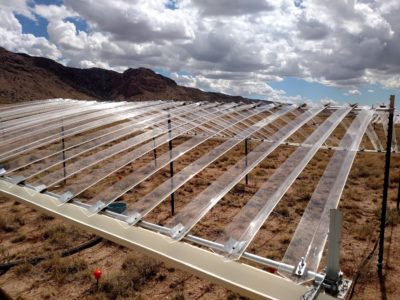
Challenging the Pulse-Reserve Paradigm
Challenging the Pulse-Reserve Paradigm

We are directly testing how climate mean and variance interacts by building the first field experiments that cross long-term drought with increased rainfall variability.
Credit: Jennifer Rudgers
Pulse-reserve theory has been a dominant conceptual framework for drylands since the 1970s. Detailed long term observations and experiments at the SEV LTER revealed that individual rainfall pulses rarely produce significant reserves and that many ecosystem processes do not “pulse” on the same time scales. SEV LTER researchers have improved pulse-reserve theory with the Threshold Delay Nutrient Dynamics model, which incorporated microbial processes.
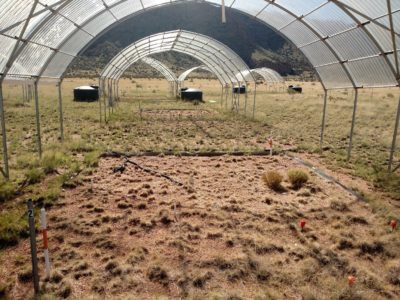
Climate Variability Interacts with Average Weather Conditions
Climate Variability Interacts with Average Weather Conditions
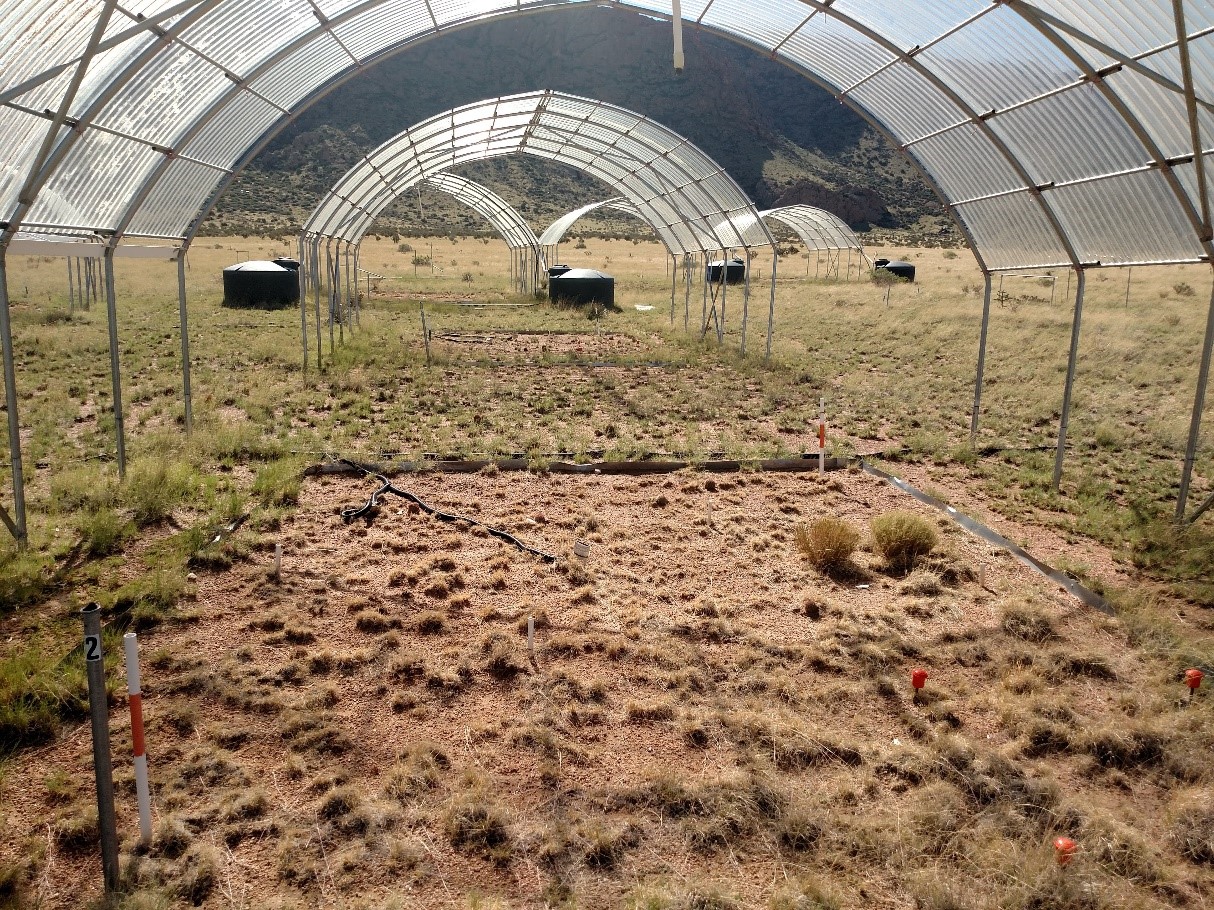
We characterized the sensitivity of biological soil crusts to drought (drought plot in photo) in dry grassland ecosystems (Fernandes et al. 2018). We also documented plant evolutionary responses to drought (Whitney et al. 2019)
Credit: Lauren Baur
The climate of SEV LTER ecosystems has become drier and more variable during the past 100 years. SEV LTER research is gaining new insight into the biological consequences of these dual climate changes. For instance, increased climate variability has benefitted desert grassland during dry periods but reduced its productivity in wet periods, while plains grassland has been more sensitive to variability during droughts.
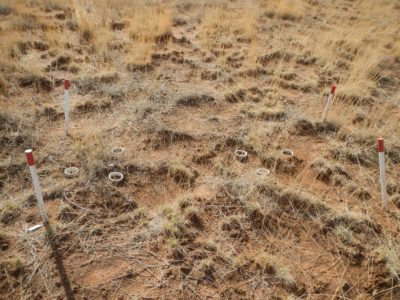
Conceptual and Empirical Advances in Desert Microbial Ecology
Conceptual and Empirical Advances in Desert Microbial Ecology
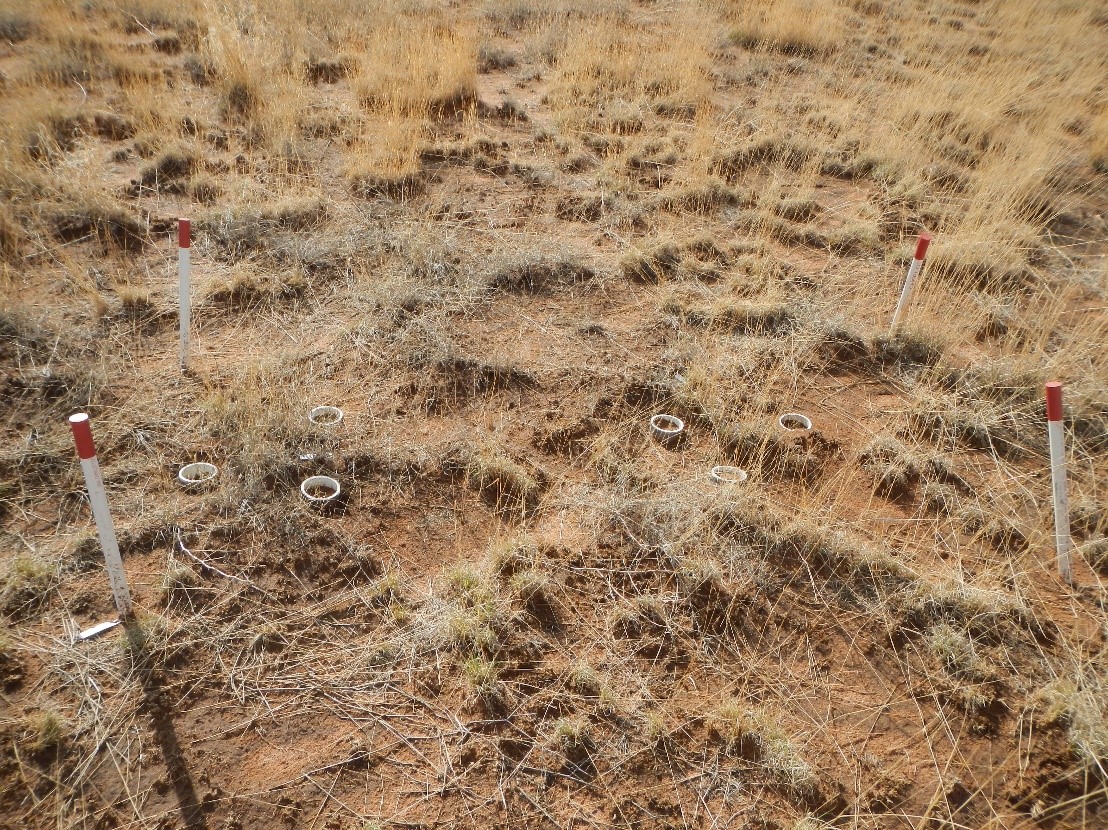
Credit: Anny Chung
Researchers at SEV LTER led efforts to characterize fungi and bacteria in drylands and document their responses to environmental change. SEV LTER pioneered new assays of microbial function, including carbon use efficiency and ecoenzymatic stoichiometry. They quantified how microbes in roots maintain plant species coexistence and temporal stability in plant communities and how biological soil crusts affect community and ecosystem dynamics.










